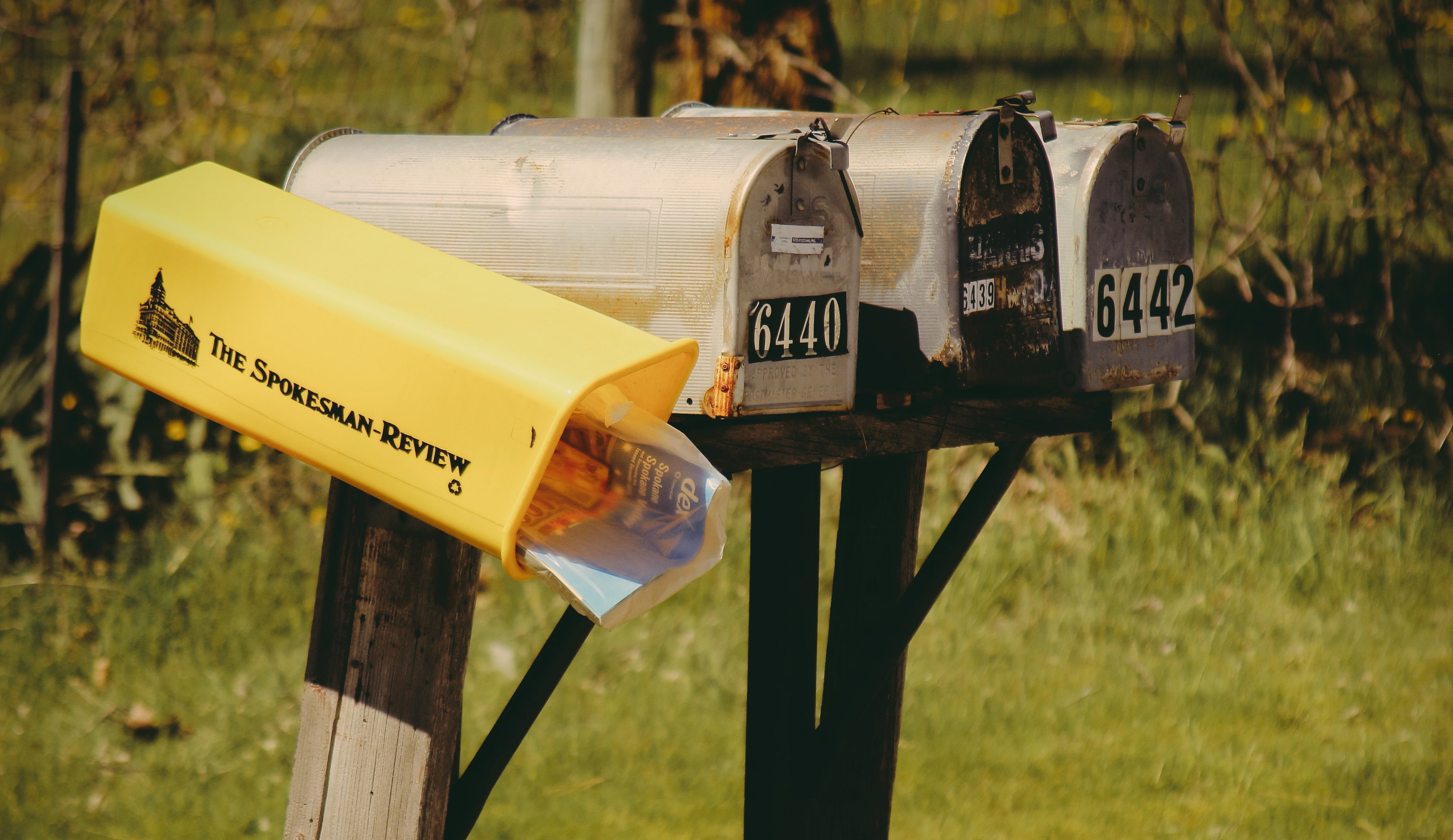You’ve just spent the past few weeks -- months even -- researching targeted audiences, making connections, working prospects on LinkedIn, and you are finally ready to begin your outreach. You’ve drafted an InMail to engage your connections one-on-one. In no time, all your hard work has paid off!

Many of your connections have agreed to continue the conversation over the phone or via email, and so they have given you their contact information. You have successfully curated a list in which the contacts have more or less handed over their email addresses. And you, my friend, are now ready to step it up a level and send them marketing email to finish the job, right? Wrong!
The scenario above is missing a critical component for marketing email campaigns: Opt-in. Unfortunately, many business development representatives and recruiters fall victim to this method of building an email list. It is certainly tempting to want to scale up your outreach by using marketing email. However, doing so without getting explicit consent from recipients to receive bulk, ongoing, commercial email is spam.
The Woes of Using LinkedIn InMail to Build a List
In every case, explicit opt-in must be acquired from all contacts on a list before you send them marketing email, even if a contact is a client, customer, or friend from university! There are numerous fallacies about opt-in and LinkedIn InMail floating about, but here are a few of the most common ones we’ve seen in the past:
- My contact list is full of professional contacts with whom I’ve had a relationship for the past 10 years. Of course they know who I am and what my business is about. I have the right to email them.
This may be true. However, I'd be cautious about blasting professional contacts with marketing email. There is no quicker and easier way to ruin a professional relationship -- not to mention trust of your brand -- than to spam your longtime friends. - I know or have met every one of these contacts at the same conference every year. I have their business cards with their email addresses, so I have permission to email them whenever.
Often times when we exchange business cards, it is an invitation to someone to join your personal network or connect on a one-to-one basis. Unless the card reads, “Add me to your email marketing list,” you probably shouldn’t send them an email newsletter. - I’ve called each one of my contacts to verify their address, so I now have permission to email.
This is a tricky one. A valid email address simply means that it is deliverable, not necessarily that they want to receive marketing email. Over-the-phone verification also leaves room for typos in the email addresses, and it is pretty easy to lose track of opt-in that way. I’d recommend leaning into the use of forms for signups and to collect verifiable opt-in.
The Right Way to Build an Opt-in List Using LinkedIn InMail
LinkedIn InMail is a viable tool for prospecting and recruiting. If part of your goal is to scale your outreach to nurture prospects into leads and eventually customers, then try these recommendations:
- Drive your prospects and connections to a landing page where they can fill out a subscription form for your email newsletters.
Make sure your form sets clear expectations around communication and consent. - Don’t use marketing email as a channel to scale up prospecting emails.
There is nothing more telling to an email-marketing service provider that you may not have opt-in and contacts are not expecting to hear from you than a marketing email that is actually an introductory, prospecting message.
If LinkedIn is an integral piece of your sales and marketing toolbox, keep in mind that one-to-one email communication does not always translate to opt-in for bulk, ongoing marketing email. Stop and ask yourself, “Is this email a sales opportunity, or newsletter?” and “Do I have explicit permission and verifiable opt-in to send my newsletter?” If yes, send away!
If you are sending via HubSpot, opt-in is required as per our Acceptable Use Policy.
Want to connect with others on HubSpot tips, tricks, and updates? Head over to the HubSpot Community to join a conversation or start one of your own.





